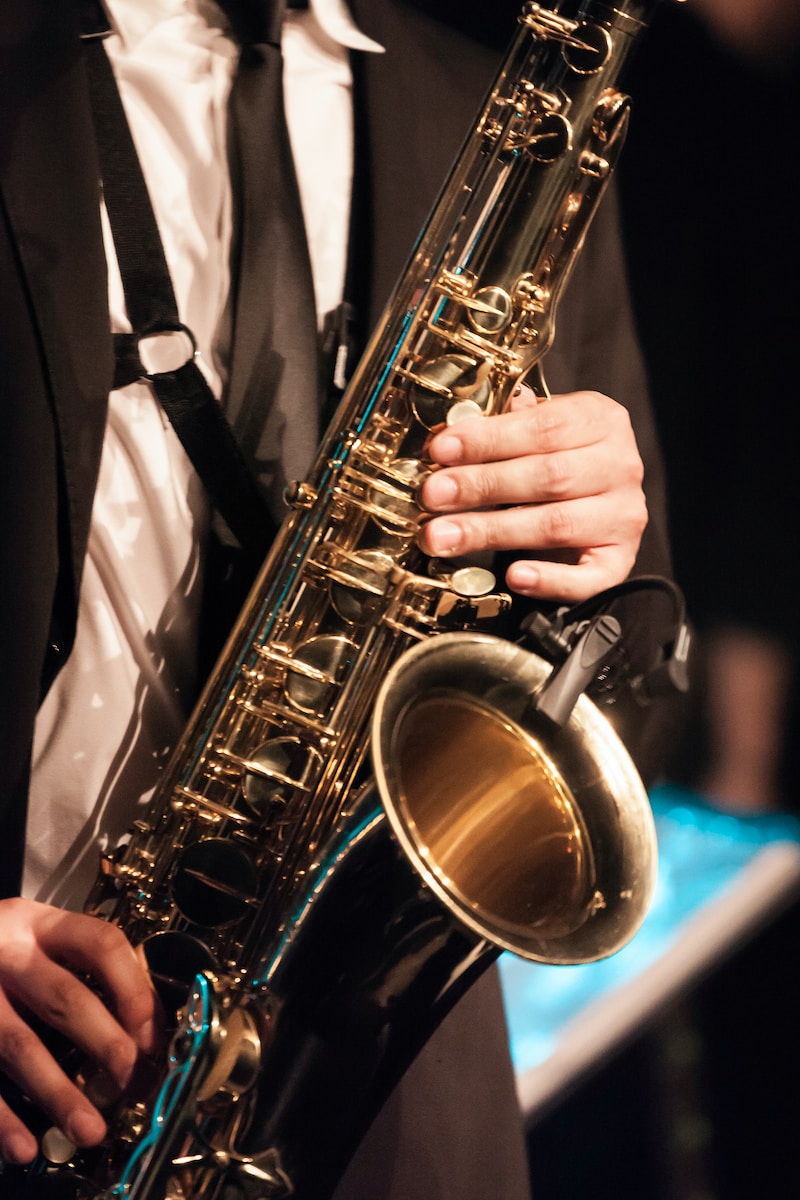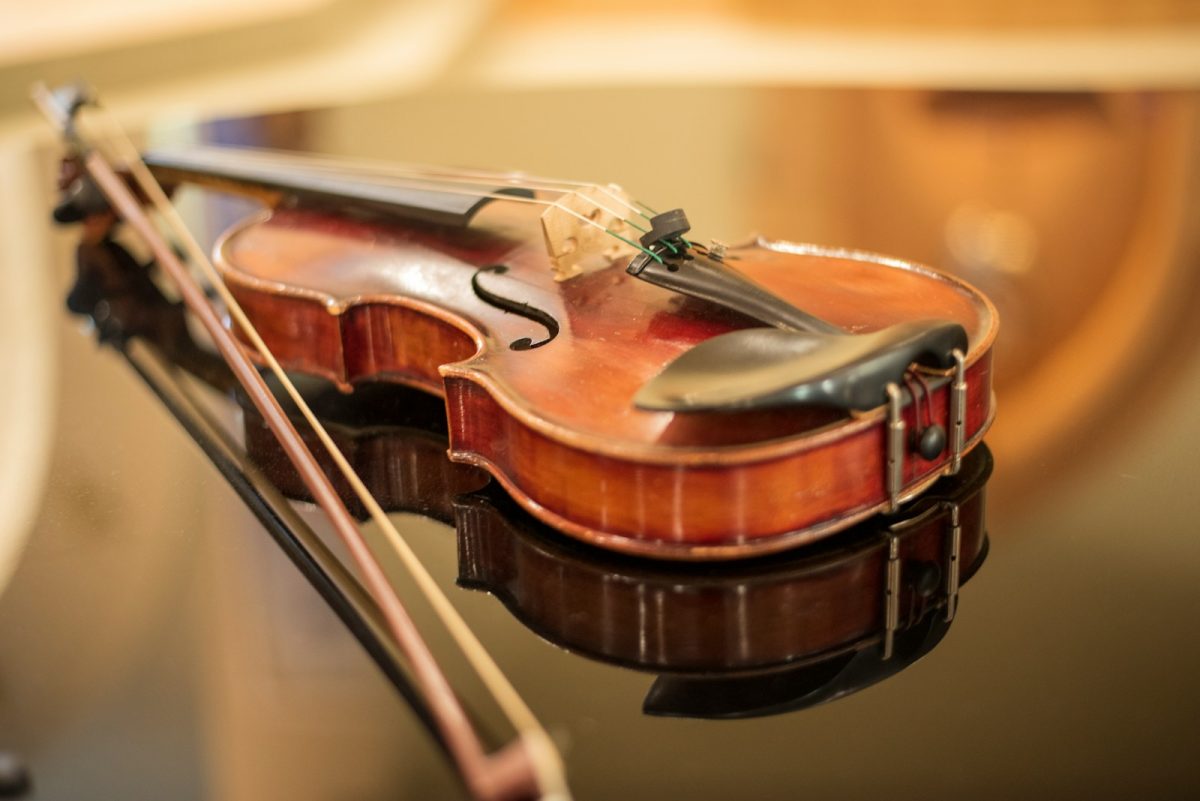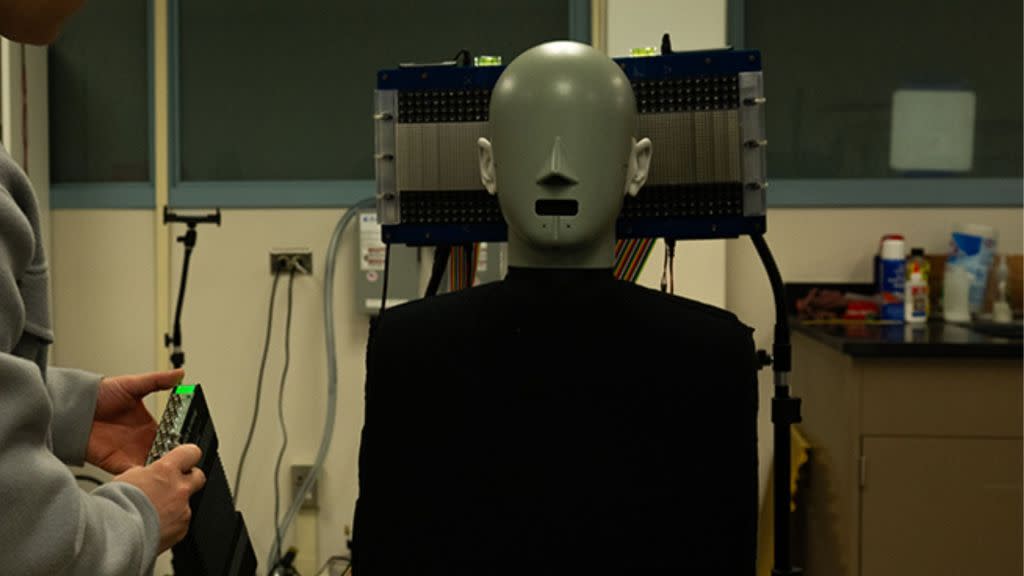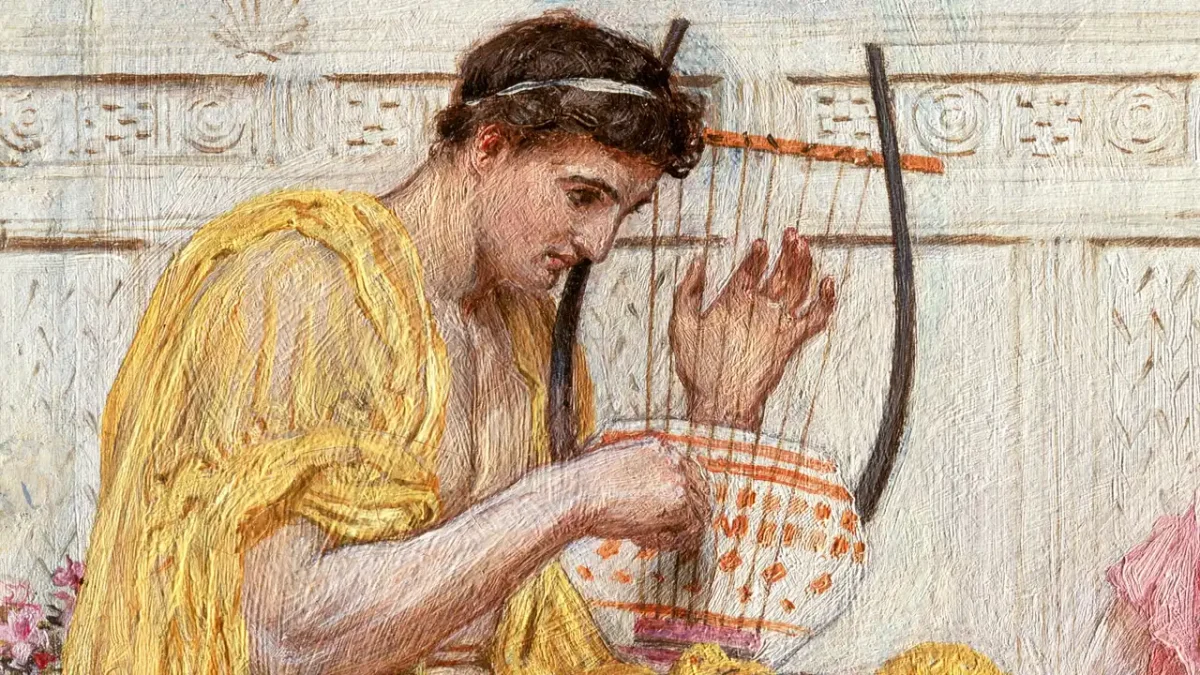A saxophone is one of the instruments in the woodwind category of instruments. It is used in all kinds of music, like jazz, ensemble music, and orchestra. But how does a saxophone work and how do you play it? In this article, I will talk about each part of the saxophone and what it does and then briefly explain how to play a saxophone.
The first, and one of the most important parts of a saxophone, is the reed. A reed is usually made of the cane plant. Firstly, the cane plant is cut to the right length, cut along the edges to make four sides, and then shaved. Every reed made from natural materials is unique and no two are the same. Some companies are starting to make reeds out of plastic, also called synthetic reeds.
The next part of the saxophone is the mouthpiece and ligature. The mouthpiece is where you put the reed and the ligature holds it in place. When you play the saxophone, you blow through the mouthpiece and it makes a sound. The reed, mouthpiece, and ligature are the most important parts of the saxophone because they have a major impact on the sound of the instrument.
The next piece on the saxophone is the neck. The neck is the part of a saxophone that connects the mouthpiece to the rest of the saxophone. The neck is designed to fit the body of a saxophone and is held in place on one end by a screw called a neck screw. At the other end of the neck, it holds the mouthpiece in place with a cork.
The cork is a piece of cork that the mouthpiece slides onto to connect the mouthpiece to the neck. To put the mouthpiece on the neck, you twist the mouthpiece gently back and forth while pushing it in. Cork grease is used to lubricate the cork so the mouthpiece slides on more easily.
Finally, the last piece of a saxophone is the body. The body is the part of a saxophone that has all of the keys that change the note of the saxophone. The body is the part of a saxophone that you blow air through and it can vary in size and shape depending on what kind of saxophone you have. Soprano saxophones have a straight body, and tenor, alto, and baritone saxophones have a curve.
RELATED STORIES:
https://medium.com/@casciomusic/sax-101-a-crash-course-on-saxophones-994c756d2242
https://hellomusictheory.com/learn/parts-of-the-saxophone/
https://jazzfuel.com/parts-of-the-saxophone/
https://www.theinstrumentplace.com/parts-of-the-saxophone
TAKE ACTION:











